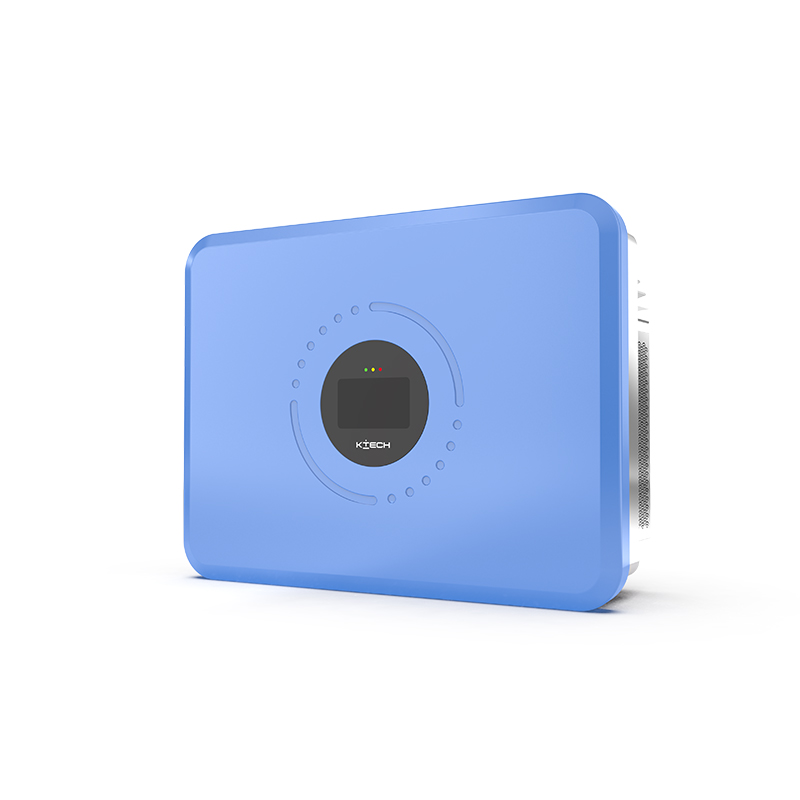
As the core control unit of the multi-energy system, hybrid inverter integrates the interface circuits of photovoltaic, battery and grid to realize the dynamic power distribution and coordinated operation of the three. Its essence is a power electronic device with bidirectional energy flow capability. It integrates grid-connected inverter, off-grid power supply and battery charging and discharging functions on a single hardware platform, and optimizes the energy utilization path based on real-time data acquisition and algorithm decision-making.

The basic architecture of hybrid inverter is based on multi-port topology design. The photovoltaic input port is connected to the controller through a converter, the battery port is equipped with a bidirectional DC charging and discharging circuit, and the AC side includes a dual-mode power module for grid-connected inverter and off-grid inverter. The core of the control system is to build a unified power balance model, with load demand, photovoltaic output and electricity price signals as input variables, and dynamically adjust the energy flow direction of each port.
Photovoltaic power is preferentially supplied to load and battery storage. When the light is sufficient, the MPPT algorithm tracks the maximum power generation power, and the redundant energy is stored in the battery or fed back to the grid. When the light is insufficient, the system calls battery energy storage to supplement the load gap. The grid interaction follows the preset strategy, purchases or sells electricity during peak and valley electricity price periods, and is completely disconnected from the public grid in off-grid mode. The control logic needs to handle millisecond-level power fluctuations.
The hybrid inverter needs to ensure that the photovoltaic input voltage range covers 150-850V under complex working conditions to adapt to different string configurations, and the battery compatibility supports lithium batteries, lead-acid and other chemical systems. The output voltage harmonic distortion is controlled within 3% in off-grid mode to ensure the operation of sensitive equipment. In addition, the use of a combination of smart fans and heat sinks can reduce the impact of thermal management design on long-term reliability and extend the life of capacitors and semiconductor components.